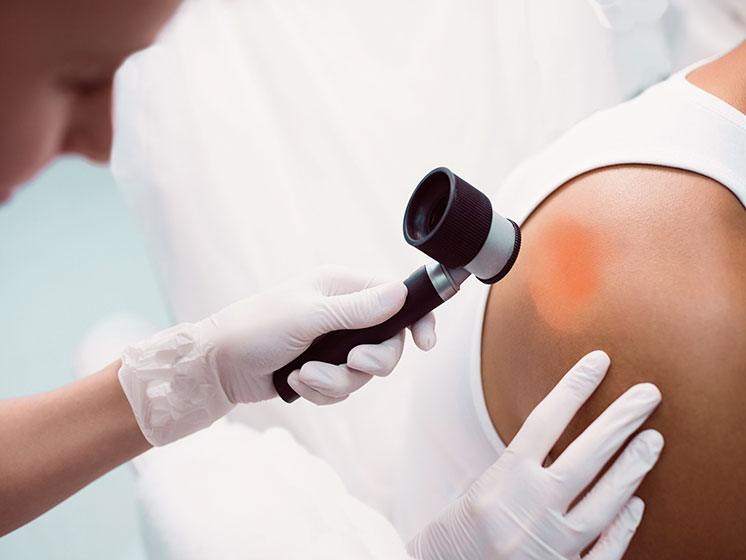Browsing Skin Cancer Cells Treatment: The Necessary Function of Mohs in Modern Dermatology Practices
Skin cancer, a complicated diagnosis, often leaves people coming to grips with various therapy choices. Among these, Mohs surgery stands as a sign in contemporary dermatology, renowned for its meticulous technique to cancer elimination and preservation of bordering healthy cells. This ingenious method promises not just superior cosmetic results but additionally provides prompt results, reducing client anxiety. As we discover the ins and outs of this procedure, one will appreciate its pivotal function in skin cancer cells treatment.
Recognizing Skin Cancer: Types and Dangers
Skin cancer cells, a potentially lethal ailment, is much more common than several individuals realize. This illness, brought on by the unchecked growth of unusual skin cells, mainly arises from DNA damages because of direct exposure to the sunlight and ultraviolet (UV) light. There are 3 main kinds of skin cancer: Basal cell cancer, Squamous cell cancer, and Melanoma. While the former 2 are much less dangerous and compose the bulk of diagnosed cases, melanoma is the most dangerous. It makes up only about 1% of skin cancer cases but causes the large majority of skin cancer deaths - mohs surgery. Threat aspects consist of reasonable skin, history of sunburn, extreme sun exposure, living at high altitudes or near the equator, having many moles, a family background of skin cancer cells, and damaged body immune system.
What Is Mohs Surgery and How It's Reinventing Skin Cancer Cells Therapy
Despite the countless therapies presently readily available for skin cancer, Mohs surgical procedure stands out as a groundbreaking and highly efficient service. Called after Frederic E. Mohs, the doctor that created the procedure, Mohs surgical treatment is an exact medical strategy utilized to treat skin cancer. This level of accuracy, integrated with the capability to save as much healthy tissue as feasible, is reinventing skin cancer therapy.
The Advantages of Mohs Surgical Treatment Over Typical Skin Cancer Cells Therapies
Building on the ingenious nature of Mohs surgery, it's critical to consider its various advantages over traditional skin cancer therapies. Unlike standard procedures, Mohs uses a greater cure rate, usually reaching 99% for novice treatments and 94% for frequent cancers cells. In addition, it minimizes damage to healthy and balanced skin, leading to much less scarring and boosted cosmetic outcomes.
The Procedure of Mohs Surgery: What to Anticipate During the Refine

Prospective Negative Effects and Post-Operative Treatment of Mohs Surgery
Undertaking Mohs surgery, like any my link type of various other surgery, entails potential adverse effects that people should recognize. Usual negative effects consist of discomfort, wounding, and swelling at the surgical procedure site. These are generally short-lived and manageable with over the counter discomfort medicine and ice packs. In uncommon cases, clients may experience infection, blood loss, or an allergy to the anesthetic. Post-operative care is critical to healing and reducing negative effects. This normally entails maintaining the injury tidy and completely dry, taking recommended medications, and avoiding exhausting activities. People should also go to all follow-up visits for wound care and monitoring. In many cases, additional therapies might be necessary to ensure complete removal of the malignant cells. Following these post-operative treatment standards can considerably improve healing and results.
Final thought
